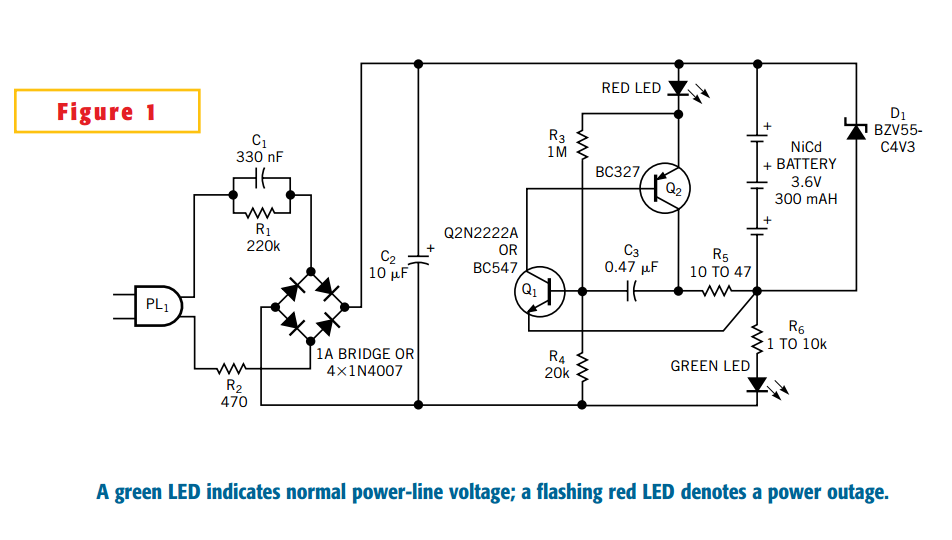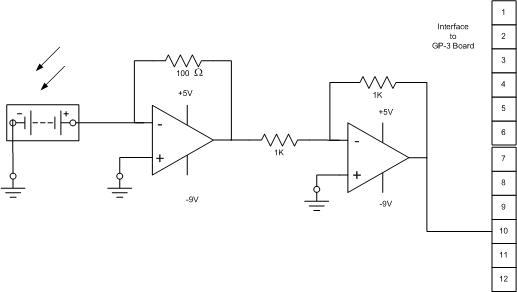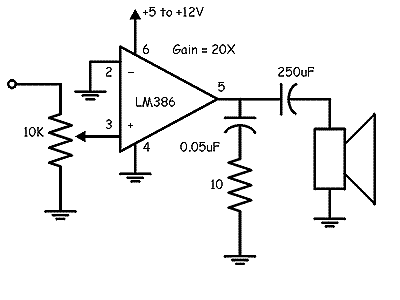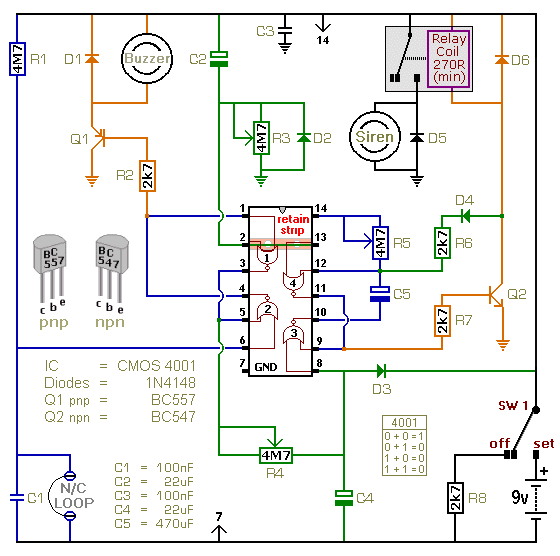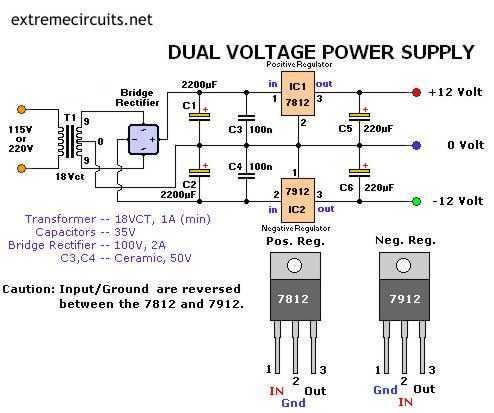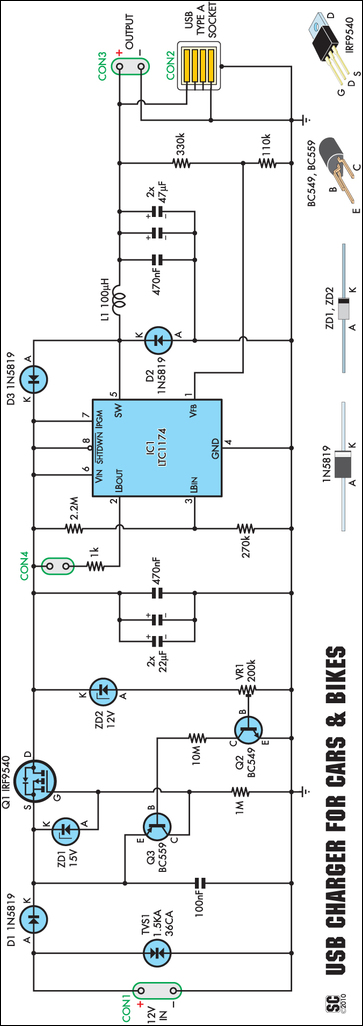
LM7805 + 5V power supply configuration

The circuit illustrated in the figure provides an output voltage of +5V and an output current of 1.5A. It comprises a power transformer, a bridge rectifier circuit consisting of diodes D1 to D4, and filter capacitor C1. Additionally, capacitors C2 and C3 are included to prevent self-excitation, along with a fixed three-terminal regulator (LM7805), which is straightforward and easily integrated. The 220V AC power is transformed to a lower AC voltage by the power transformer, then rectified and filtered by the bridge rectifier and filter capacitor C1. The resulting voltage at the input terminals of the LM7805 regulator is not very stable and can fluctuate due to variations in mains voltage or load changes. Capacitor C3 helps filter the output from the LM7805, ensuring high accuracy and stability of the DC output voltage. This power supply circuit is suitable for use with TTL microcontroller circuits. The three-terminal regulator is a commonly used linear voltage regulator IC, known for its small size, low cost, good performance, high reliability, and ease of use, making it one of the most widely employed monolithic integrated voltage regulation devices in power supply applications.
The circuit operates by first stepping down the 220V AC mains voltage to a lower AC voltage using a power transformer. The transformer is selected based on the required output voltage and current specifications. The output of the transformer is then fed into a bridge rectifier, which consists of four diodes (D1 to D4) arranged in a bridge configuration to convert the AC voltage into pulsating DC voltage. The filter capacitor (C1) smooths out the pulsating DC, providing a more stable input voltage to the LM7805 regulator.
The LM7805 is a fixed voltage regulator that outputs a steady +5V DC from a higher input voltage, typically up to 35V. It is crucial to ensure that the input voltage remains above the dropout voltage of the regulator, which is typically around 2V, to maintain a stable output. Capacitors C2 and C3 are included in the design to enhance stability and reduce the risk of oscillations, with C2 primarily serving to prevent self-excitation in the circuit.
The output from the LM7805 is filtered by capacitor C3, which helps to eliminate any high-frequency noise that may be present, ensuring that the output voltage remains clean and stable. This regulated output can effectively power TTL microcontroller circuits and other low-voltage digital components, providing a reliable source of power for various electronic applications.
In summary, this circuit is a straightforward and efficient power supply solution that utilizes a transformer, rectifier, filter capacitors, and a linear voltage regulator to deliver a stable +5V output at 1.5A, making it suitable for a wide range of electronic projects. Circuit shown in Figure output voltage + 5V, output current of 1.5A power supply. It consists of power transformer B, a bridge rectifier circuit D1 ~ D4, filter capacitor C1, C 3, preventing self-excited capacitor C2, C3 and a fixed three-terminal regulator (7805) is very simple and easily barricaded.220V AC power through the power transformer into alternating low pressure, through a bridge rectifier circuit D1 ~ D4 and filter capacitor C1 is rectified and filtered in the Vin and GND at both ends of the fixed three-terminal regulator LM7805 form a not very stable DC voltage (the voltage change often because of fluctuations in the mains voltage or load reasons vary). The DC voltage is regulated and C3 of the LM7805 will filter the output of the power supply produces high accuracy, stability, good DC output voltage.
The power supply can be used as the power supply circuit or a TTL microcontroller circuit. Three-terminal regulator is a standardized, serialized general linear regulator IC, with its small size, low cost, good performance, high reliability, simple and convenient features, becoming the power supply application the most widely used of a monolithic integrated voltage regulator devices.
The circuit operates by first stepping down the 220V AC mains voltage to a lower AC voltage using a power transformer. The transformer is selected based on the required output voltage and current specifications. The output of the transformer is then fed into a bridge rectifier, which consists of four diodes (D1 to D4) arranged in a bridge configuration to convert the AC voltage into pulsating DC voltage. The filter capacitor (C1) smooths out the pulsating DC, providing a more stable input voltage to the LM7805 regulator.
The LM7805 is a fixed voltage regulator that outputs a steady +5V DC from a higher input voltage, typically up to 35V. It is crucial to ensure that the input voltage remains above the dropout voltage of the regulator, which is typically around 2V, to maintain a stable output. Capacitors C2 and C3 are included in the design to enhance stability and reduce the risk of oscillations, with C2 primarily serving to prevent self-excitation in the circuit.
The output from the LM7805 is filtered by capacitor C3, which helps to eliminate any high-frequency noise that may be present, ensuring that the output voltage remains clean and stable. This regulated output can effectively power TTL microcontroller circuits and other low-voltage digital components, providing a reliable source of power for various electronic applications.
In summary, this circuit is a straightforward and efficient power supply solution that utilizes a transformer, rectifier, filter capacitors, and a linear voltage regulator to deliver a stable +5V output at 1.5A, making it suitable for a wide range of electronic projects. Circuit shown in Figure output voltage + 5V, output current of 1.5A power supply. It consists of power transformer B, a bridge rectifier circuit D1 ~ D4, filter capacitor C1, C 3, preventing self-excited capacitor C2, C3 and a fixed three-terminal regulator (7805) is very simple and easily barricaded.220V AC power through the power transformer into alternating low pressure, through a bridge rectifier circuit D1 ~ D4 and filter capacitor C1 is rectified and filtered in the Vin and GND at both ends of the fixed three-terminal regulator LM7805 form a not very stable DC voltage (the voltage change often because of fluctuations in the mains voltage or load reasons vary). The DC voltage is regulated and C3 of the LM7805 will filter the output of the power supply produces high accuracy, stability, good DC output voltage.
The power supply can be used as the power supply circuit or a TTL microcontroller circuit. Three-terminal regulator is a standardized, serialized general linear regulator IC, with its small size, low cost, good performance, high reliability, simple and convenient features, becoming the power supply application the most widely used of a monolithic integrated voltage regulator devices.
